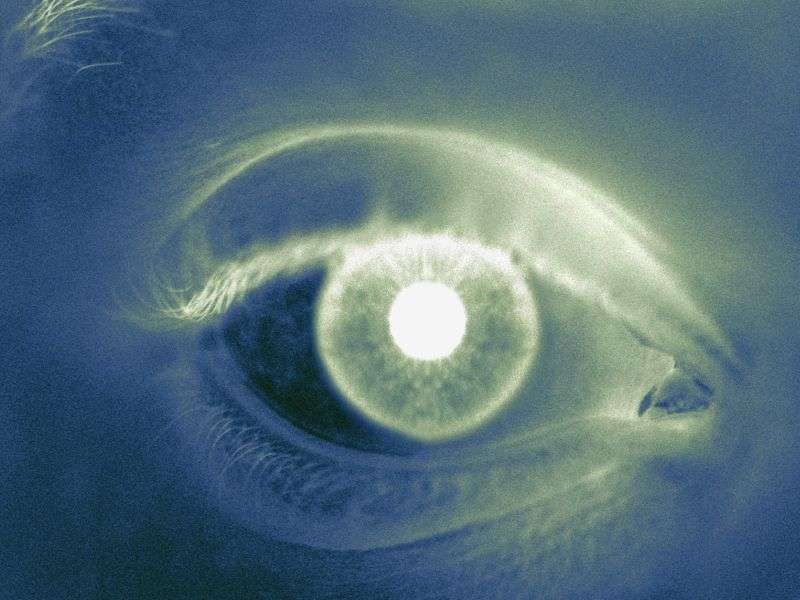Lasting damage after monolateral acute primary angle closure

(HealthDay)—Significantly greater structural and functional damage occurs in eyes with monolateral acute primary angle closure (APAC) compared with fellow eyes, and more than half of fellow eyes develop chronic angle closure glaucoma (CACG), according to research published online July 19 in Clinical & Experimental Ophthalmology.
In an effort to report the morphological and functional outcomes for CACG eyes following a monolateral APAC attack, Antonio Maria Fea, M.D., Ph.D., from the University of Turin in Italy, and colleagues conducted an observational retrospective case series involving 57 patients (114 eyes) who underwent long-term follow-up analysis. Patients underwent ophthalmic assessment at more than five years following the attack (mean follow-up, 5.86 ± 1.19 years).
The researchers found that, compared with fellow eyes, APAC eyes had significantly greater damage in structural and functional terms (both P < 0.001). In APAC and fellow eyes, the mean intraocular pressure was 13.44 ± 2.78 and 13.89 ± 2.60 mm Hg, respectively (P = 0.11). Even if prophylactic iridotomy was performed promptly, 53 percent of fellow eyes developed CACG.
"Our study prompts ophthalmologists to closely follow up patients after an APAC attack to prevent potential glaucoma damage in both APAC and fellow eye," the authors write
More information:
Abstract
Full Text (subscription or payment may be required)
Copyright © 2017 HealthDay. All rights reserved.




















